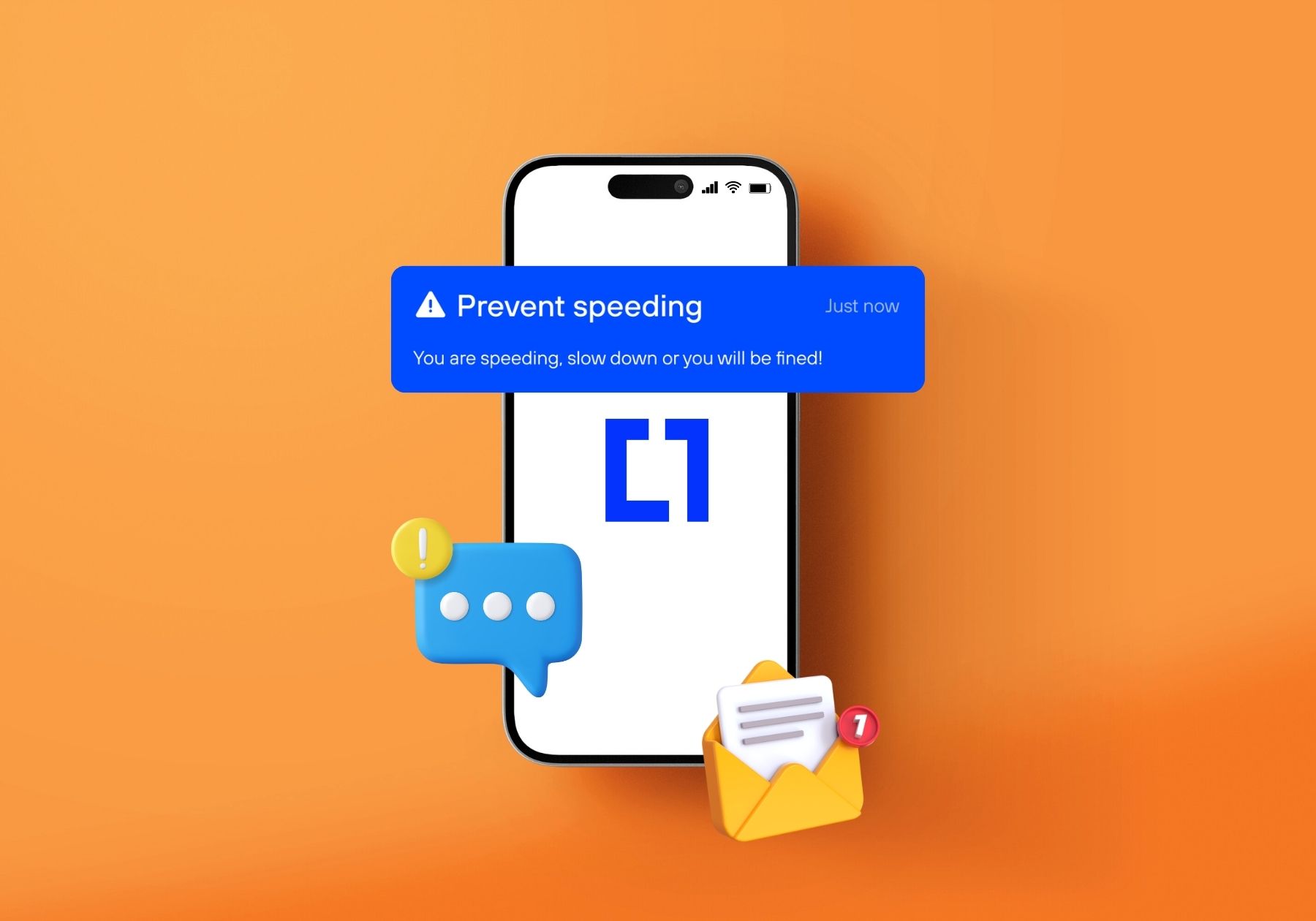Launching an e-scooter service is an exciting opportunity that blends technology, mobility, and sustainability. It's a relatively easy business to start, with the potential for a quick return on investment. However, to ensure long-term success, it's essential to follow a strategic approach.
Here are 6 key steps to help you successfully launch your e-scooter sharing business.

Step 1 - Market research and feasibility study
Analyze Demand: Study the market to understand the demand for e-scooter sharing in your target area. Look at population density, traffic patterns, and existing competitors.
Regulations: Research local laws and regulations related to e-scooters, including permits, parking rules, and safety requirements.
Target Audience: Identify your primary users (e.g., students, commuters, tourists) and tailor your service to their needs.
Step 2 - Develop a business plan
Define Your Model: Decide whether to operate a dockless or docked system, and choose between a free-floating model (where vehicles are distributed throughout the city) or a station-based model. Additionally, determine whether you’ll own or lease the scooters.
Revenue Streams: Plan your pricing strategy (per-minute, subscriptions, or flat rates) and explore additional revenue streams like advertising or partnerships.
Budgeting: Estimate startup costs, including scooters, software, maintenance, marketing, and operational expenses.
Step 3 - Choose your software provider
Choosing the right software provider is a critical decision when launching an e-scooter sharing business. CT Mobility offers an all-in-one solution which includes:
- Robust backend for fleet management
- White-label mobile apps (iOS, Android)
- Admin panel for real-time monitoring and management of scooters

Step 4 - Select a reliable scooter supplier for your fleet
If you're unsure, let us guide you! We partner with leading e-scooter and IoT module manufacturers to provide the best solutions tailored to your needs.
- Quality Scooters: Choose durable, high-performance e-scooters designed for sharing. Consider factors like battery life, weight, and weather resistance. Purchasing professional scooters eliminates the need for additional telematic equipment.
- Safety Features: Ensure the scooters have essential safety features like lights, reflectors, and robust braking systems.
- Maintenance Plan: Partner with suppliers who offer maintenance support or establish your own maintenance team.
Step 5 - Marketing and user acquisition
- Branding: Create a strong brand identity that resonates with your target audience.
- Promotions: Offer discounts, referral programs, or free trials to attract initial users.
- Awareness Campaigns: Use social media, local advertising, and partnerships to spread the word about your service
Step 6 - Scale and optimize
- Expand Fleet: Gradually increase the number of scooters and expand to new areas based on demand.
- Optimize Operations: Use data analytics to optimize scooter distribution, maintenance schedules, and pricing.
- Track Performance: Continuously monitor key metrics like ridership, revenue, and customer satisfaction.
- Sustainability: Implement eco-friendly practices, such as using renewable energy for charging and recycling old scooters.
- User Education: Educate users on safe riding practices through the app and marketing materials.
- Insurance: Provide insurance coverage for users and your business to mitigate risk.
Launch your vehicle sharing app in just 15 days with CT Mobility!
No setup fees. Unlimited features.
Free trial period.



.png)





